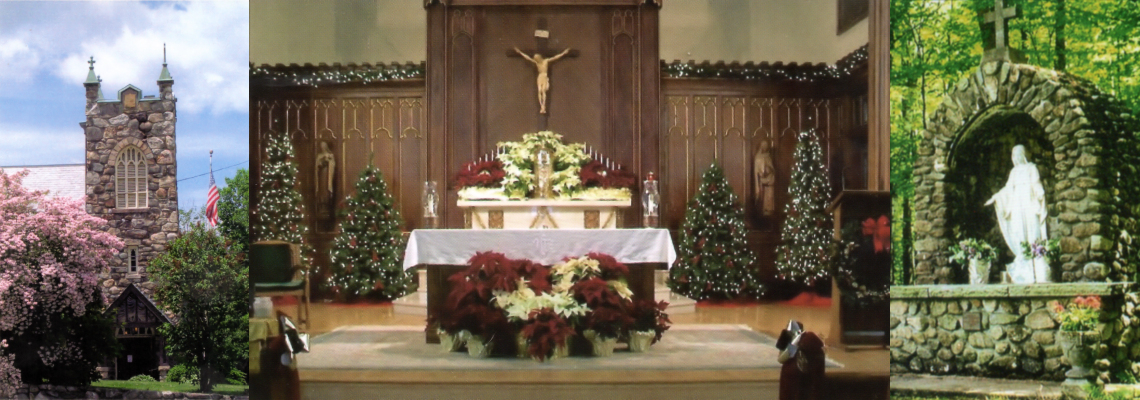An Apologetical Explanation of
Early Christological Heresies
What were some heresies in the early Church concerning Christ?
In the beginning was the Word, and the Word was with God, and the Word was God. He was in the beginning with God; all things were made through him, and without him was not anything made that was made…. And the Word became flesh and dwelt among us, full of grace and truth; we have beheld his glory, glory as of the only-begotten Son from the Father. (Jn 1:1-3, 14)
[Jesus] asked his disciples, “Who do men say that the Son of man is?” And they said, “Some say John the Baptist, others say Elijah, and others Jeremiah or one of the prophets.” He said to them, “But who do you say that I am?” Simon Peter replied, “You are the Christ, the Son of the living God.” (Mt 16:13-16)
In the early centuries of Christianity, as the Church wrestled with fully understanding the identity of Christ, the Magisterium had to confront a number of heresies that challenged Christ’s humanity and divinity. The Church teaches as a matter of dogma that Christ is true God and true man, but it took centuries for the Magisterium to formulate this teaching in theological language. Several false teachings, or heresies, arose that created confusion and required an official response. (Cf. CCC 464)
Among the early heresies were the following:
- Docetism claimed that Christ was pure spirit and that his physical body was an illusion. They held that Christ did not truly die on the Cross but merely the illusion of the body. The Catholic Church has always taught that Christ “was incarnate of the Virgin Mary, / and became man” (Nicene Creed) and that “Christ’s death was a real death” (CCC 627).
- Arianism claimed that Jesus was a highly exalted creation of God the Father but not eternal or consubstantial with the Father. The First Ecumenical Council of Nicæa (AD 325) affirmed in response that Christ was “begotten, not made, consubstantial with the Father” (Nicene Creed), i.e., of the same substance, or nature, or essence, as the Father. (Cf. CCC 465)
- Nestorianism taught that Christ’s human nature was loosely joined to the divine nature of the Son of God. The Ecumenical Council of Ephesus (AD 431) refuted this by clarifying that Christ possesses two natures, human and divine, and that these natures were fully united in his divine Person from his conception in what we call the hypostatic union. (Cf. CCC 466)
- Monophysitism taught that Christ’s humanity was absorbed into his divinity, leaving him with either a divine nature alone or some new mixture of mostly divine and a small part human nature. The Ecumenical Council of Chalcedon rebutted this heresy (AD 451); later, the Second Ecumenical Council of Constantinople (AD 553) made further clarifications to the teaching. (Cf. CCC 467-468)
The Catechism addresses this question in paragraph 464.
The contents of this page are Copyright © 2014 Rev. James Socias (of the Midwest Theological Forum). These apologetics are reproduced with written consent of said copyright holder for St Patricks Parish, Jaffrey, NH website only. Reproduction of any sort must be approved directly by said copyright holder.
To get a hardcopy of these Apologetics or the Didache Bible please visit the Midwest Theological Forum (publisher) at: http://www.theologicalforum.org
